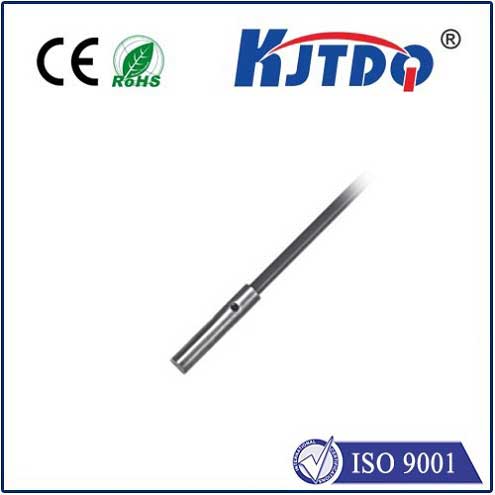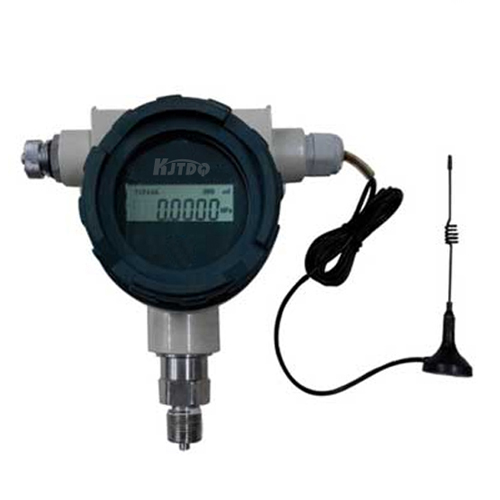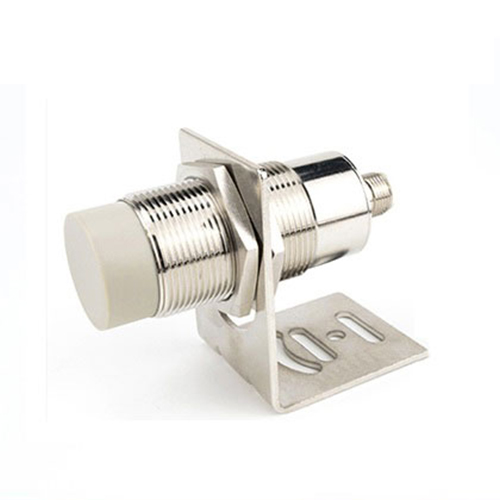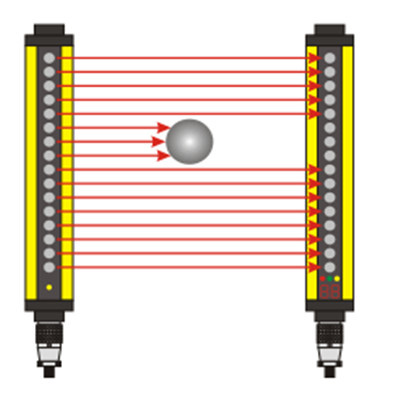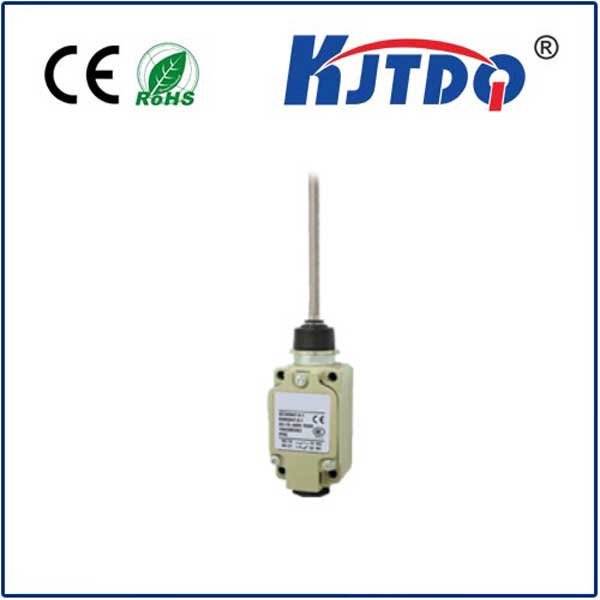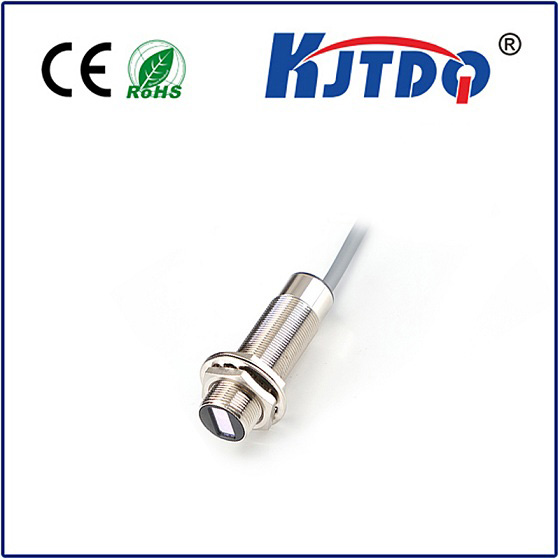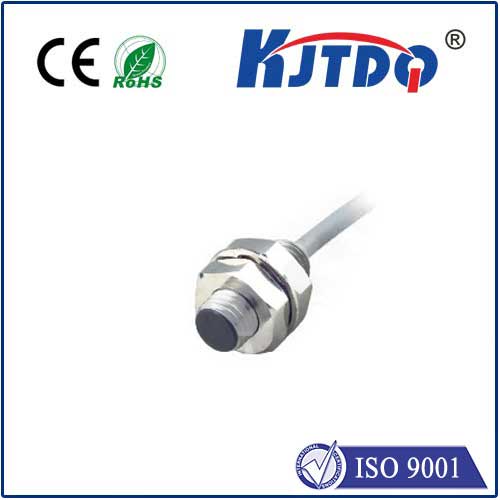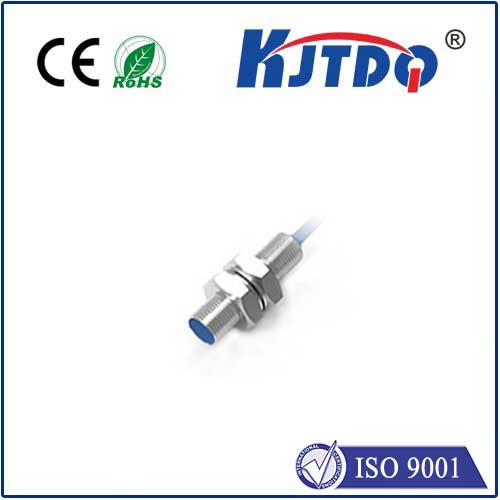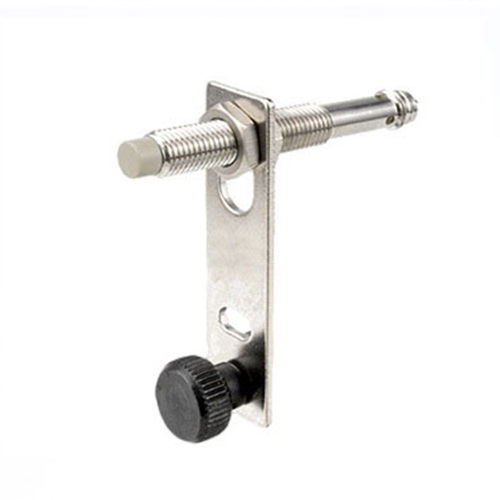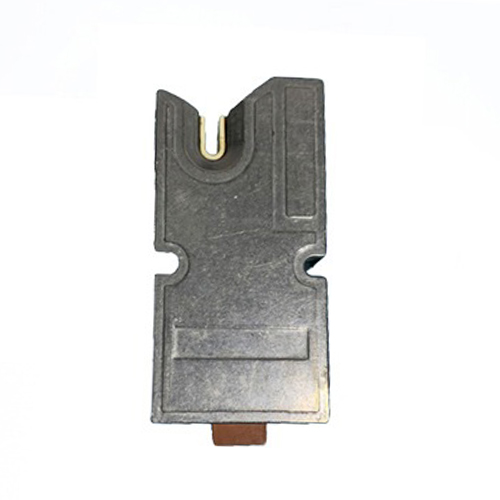

check

check

check

check
Picture this: deep within a hydraulic press exerting thousands of pounds per square inch, a critical component needs precise, real-time positional feedback. Traditional sensors falter, crushed or misled by the intense surrounding pressure. This is the exact scenario where the specialized engineering of sensors like the BES0606 High Pressure Proximity Sensor becomes indispensable. Designed to thrive where others fail, this sensor category is the workhorse for applications demanding robust performance under extreme compressive forces.
The BES0606 nomenclature typically points towards a specific sensor design, often characterized by its inductive sensing principle. Unlike optical or ultrasonic sensors, inductive sensors detect metallic objects without physical contact. They generate an electromagnetic field; when a metal target enters this field, it induces eddy currents, causing a measurable change that triggers the sensor’s switch. The critical differentiator for the High Pressure Proximity Sensor variant lies in its hardened construction. To withstand the relentless forces in environments like hydraulic systems, die-casting machines, heavy press lines, or subsea equipment, these sensors feature:

Why is high-pressure resilience so crucial? In standard industrial settings, proximity sensors face environmental challenges like dirt, moisture, or vibration. However, high-pressure applications add a significant, often destructive, force component. A standard sensor exposed to hundreds or even thousands of bar (or PSI) can experience:
The BES0606 High Pressure Proximity Sensor directly addresses these failure modes. Its core value proposition lies in delivering unwavering reliability precisely where the physical environment is most hostile. Applications demanding precise position feedback under immense forces rely on this sensor’s ability to perform consistently, cycle after cycle. Common use cases include:
Selecting the right high-pressure sensor involves careful consideration beyond just the pressure rating:
Ultimately, the BES0606 High Pressure Proximity Sensor represents more than just a component; it embodies the engineering solutions required for modern, high-force automation. Its ability to deliver accurate, contactless position feedback amidst crushing pressures makes it an unsung hero in maintaining the efficiency, safety, and uptime of critical machinery. By choosing such a purpose-built sensor, engineers ensure that their control systems receive reliable data from the very heart of the action, enabling precise control where it matters most. When failure is not an option under immense force, the High Pressure Proximity Sensor, exemplified by designs like the BES0606, provides the necessary resilience. Integrating such sensors necessitates meticulous attention to mounting integrity, connection sealing, and selecting specifications that truly match the operating envelope – the payoff is long-term, maintenance-free operation in the most challenging conditions.
